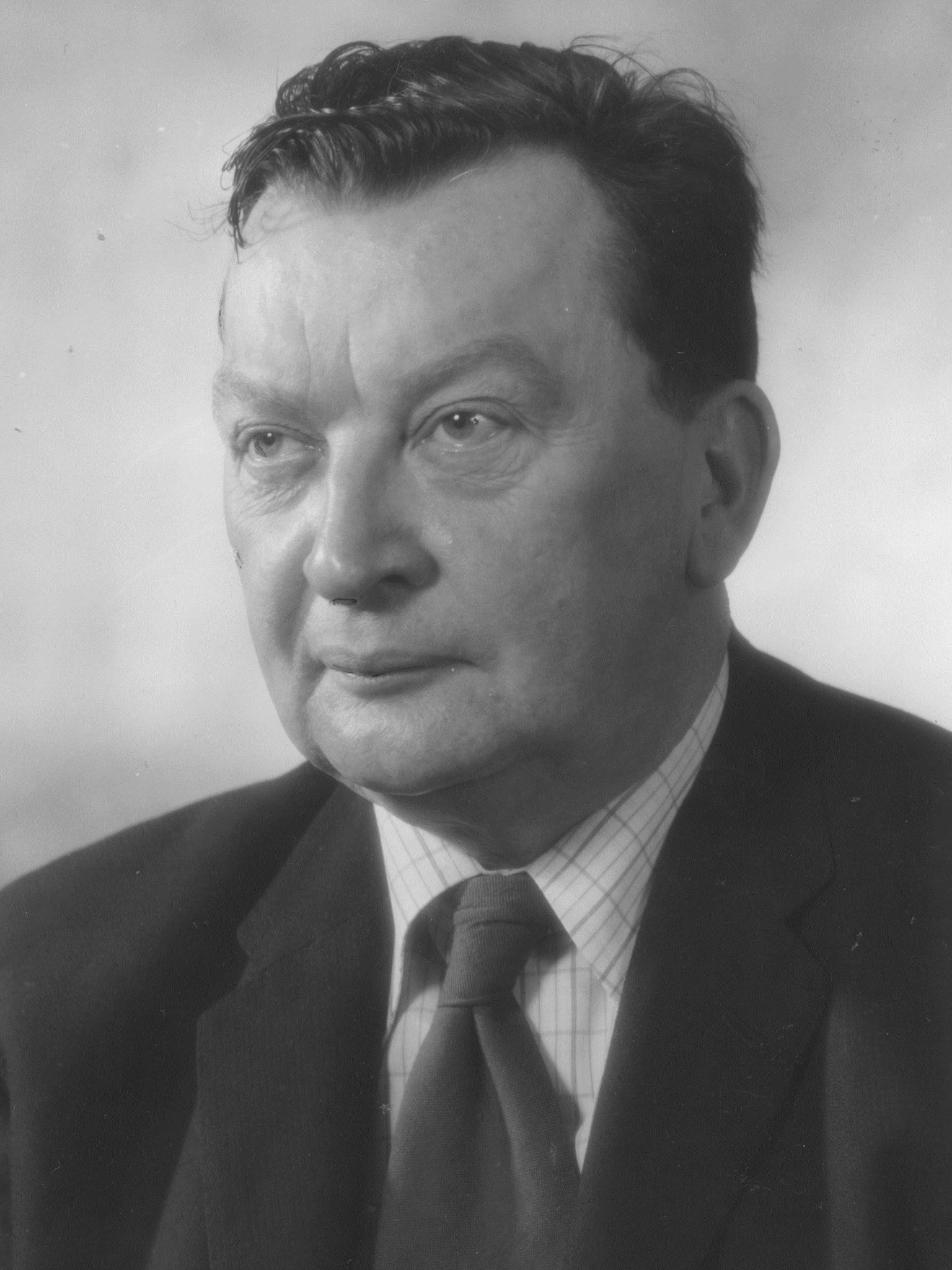Professor James F Tait: Scientist whose work on steroids helped medical research into heart disease and oral contraception
There were wartime rumours that German pilots were using steroids to enhance performance

Professor James F Tait and his collaborator, Sylvia Simpson, later his wife, for some years in the 1950s held the attention of the world of biomedical science. Tait was only in his twenties at that time, a lecturer in physics at the Middlesex Hospital Medical School in London. Sylvia worked in the nearby Courtauld Institute.
Their story starts with the discovery and characterisation of the range of steroid hormones. This had begun before the Second World War, but was given extra impetus in the United States during the war, after rumours that German pilots were using them to enhance their performance. A team at the Mayo Clinic in Minnesota had, by the late Forties, isolated about 30 different compounds from bovine and porcine adrenal glands. The huge clinical value of these discoveries was demonstrated, notably the anti-inflammatory actions of the best known, cortisone. The main secretory product of the cortex of the adrenal gland is however, cortisol, and this is still widely used under its pharmacological name, hydrocortisone.
The scientific world was divided over whether there was more to uncover. There was an annoying residue of the various extracts that seemed to contain something with a quite different activity, concerned with sodium and potassium balance: this was called mineralocorticoid activity. The active substance resisted crystallisation, and thus could not be purified. Yet this material, vanishingly low in amount, turned out to be essential for life.
Against the giants of the world of medical science, it seemed unlikely that a pair of young scientists working on their own in London at that time could achieve success where the major groups had not. But the Taits had two technical advantages. One was the recent development of paper chromatography to separate steroids. The second was the insight that James Tait brought to bear on the assay of mineralocorticoid activity. Radioactively-labelled products were recently available from the Radiochemical Centre in Amersham, and it was the use of the ratio of radioactive sodium and potassium excreted into the urine of mice that the Taits used to detect mineralocorticoid activity with exquisite sensitivity. As a result, they purified and characterised the biological activity, and, in part, the chemical structure of a compound they called electrocortin.
Collaboration with others led to its complete chemical characterisation, and a change of name to aldosterone. There is a resurgence of interest in aldosterone with the finding of its in the development of fibrotic changes in cardiovascular disease.
James was born in Stockton-on-Tees. His father, Herbert, was a marine engineer fallen on hard times in the Depression era, and he and James’s mother, Connie, had a small bakery. Herbert died when James, an only child, was 10, but the family helped him take up a place at Queen Elizabeth’s Grammar School, Darlington. At Leeds University he studied physics and maths, going straight to the Middlesex on being awarded his PhD in 1950.
The Taits were elected Fellows of the Royal Society in 1959 and joined the “brain drain” to the better-resourced United States. It was Gregory Pincus, director of the Worcester Foundation for Experimental Biology in Shrewsbury, Massachusetts, who head-hunted them to set up a new division. Pincus was working on the oral contraceptive, the topic for which he became famous (though the ultimate honour of the Nobel prize eluded him). The components of contraceptive pills are themselves steroids, so developing into another area of steroid endocrinology was a logical development for both the foundation and the Taits.
At the Worcester Foundation, James made his second remarkable contribution to hormone science. At that time, in the 1960s, assays of the steroid hormones in circulating blood were extremely laborious and difficult. Exploiting again his training in physics, following infusions of radioactively-labelled hormones into humans, he developed mathematical treatments to calculate hormone secretion rates and clearance from changes in the ratio of labelled to unlabelled hormone in urine. This developed into a new field of study, hormone dynamics, providing data then unattainable otherwise. Later, related methods were applied with great success during the Taits’ period of study leave at the Ionic Research Unit in the Department of Physiology in the university of Melbourne.
The Taits returned to London in 1970, where James and Sylvia were joint heads of the Biophysical Endocrine Unit in the Department Physics as Applied to Medicine at Middlesex Hospital Medical School; James was also Professor and head of department. They continued to work on regulation of steroid secretion from isolated and purified adrenal cells, and later these methods were successfully applied to other cell types, including cardiac cells.
On retirement in 1982, James continued his work on adrenal cells and on the binding of steroid hormones to protein in blood. But it is undoubtedly the aldosterone work of the 1950s for which the Taits will primarily be remembered.
James F Tait, biophysicist: born Stockton-on-Tees 1 December, 1925; married 1956 Sylvia A Simpson (died 2003); died Harrogate 2 February 2014
Subscribe to Independent Premium to bookmark this article
Want to bookmark your favourite articles and stories to read or reference later? Start your Independent Premium subscription today.

Join our commenting forum
Join thought-provoking conversations, follow other Independent readers and see their replies